Just 21 percent of President Joe Biden’s proposed “infrastructure” plan is proposed to be spent on traditional infrastructure projects such as bridges, trains, waterways and roads.
The remaining 79 percent, would be spent to support industrial policy and what has traditionally been called “pork barrel” projects.
Of the proposed spending, 26 percent would support the administration’s proposed industrial policy, which would favor domestic manufacturing and green technology.
A key example of this is the proposed $174 billion to be spent to win the electric vehicle (EV) market. It is not clear from the White House’s briefing paper how much of that money would be spent on building hard assets such as EV charging stations, nor do we know how much would be spent on federal subsidies to encourage the purchase of such vehicles.
Industrial policy was especially well-used in Japan and South Korea from the 1950s to the 1980s to benefit the steel, ship-building and car industries, all of which became world-class. Exporting those items allowed the countries quickly to industrialize more broadly and eventually become full democracies.
At the time, such industrial policies were tolerated by the other democracies of the world because those—and other east-Asian territories and nations—were seen as a bulwark against communist regimes in North Korea, the Soviet Union and China.
China won its civil war against the faction that had to retreat to Taiwan in 1949 and the Korean Conflict was fought from 1950 to 1953.
Under the rules of the modern World Trade Organization, though, governments are generally not allowed to subsidize products being exported.
The last half of the Biden Administration’s proposed “infrastructure” legislation, or 52 percent, would go toward projects which traditionally might have been called “pork barrel” projects.
Such projects take political considerations into account more than they seek to maximize the economic benefit. For example, there may be much merit in spending $400 billion on care givers, whom the Biden Administration points out are predominantly women of color. Whether to spend that money is a legitimate political decision Americans can make. However, it is not infrastructure.
The Epoch Times analysis of the proposed legislation is in the below table.
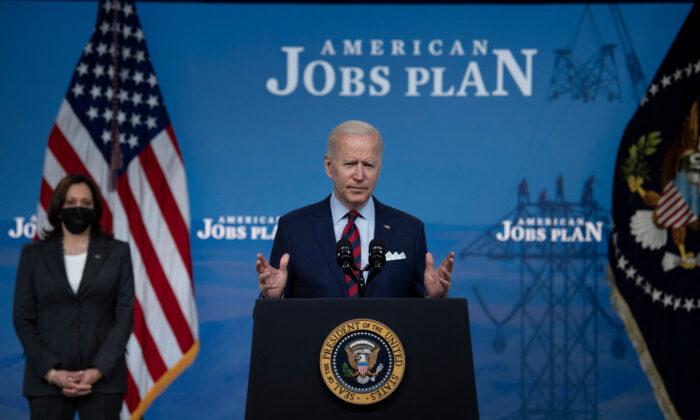

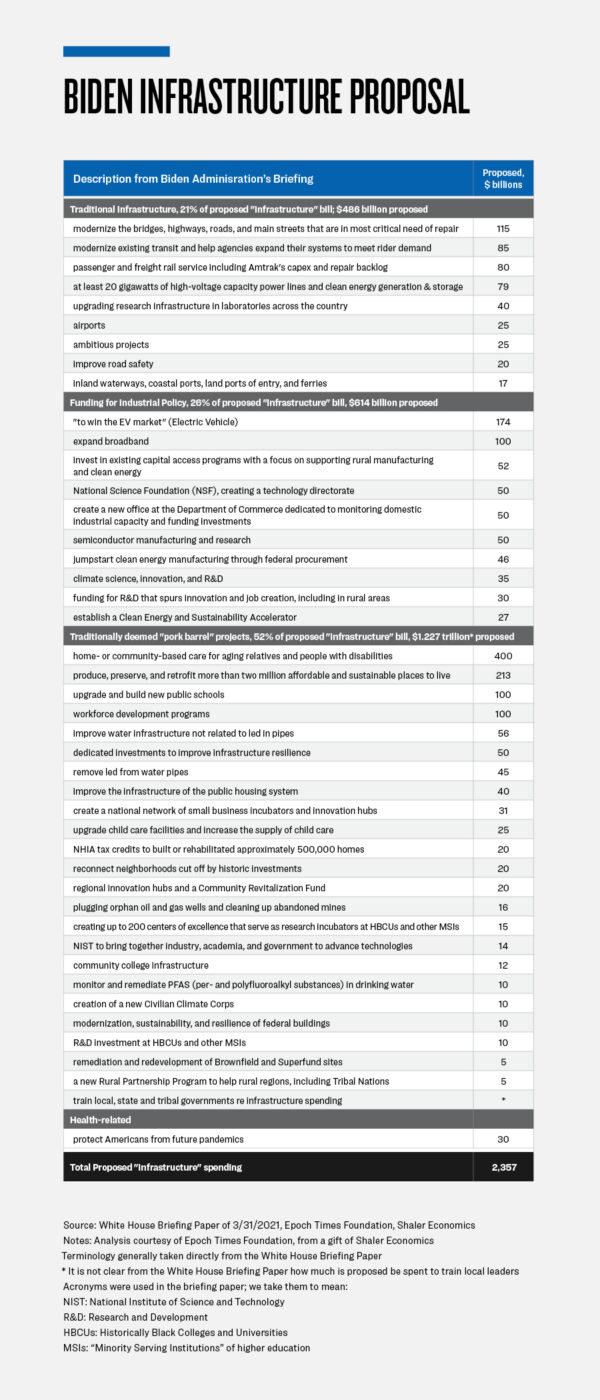

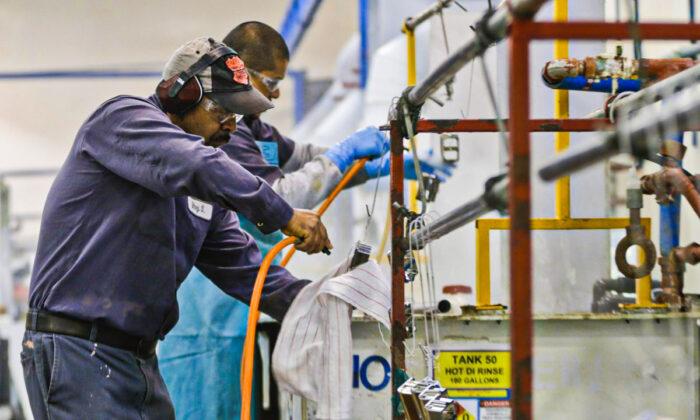
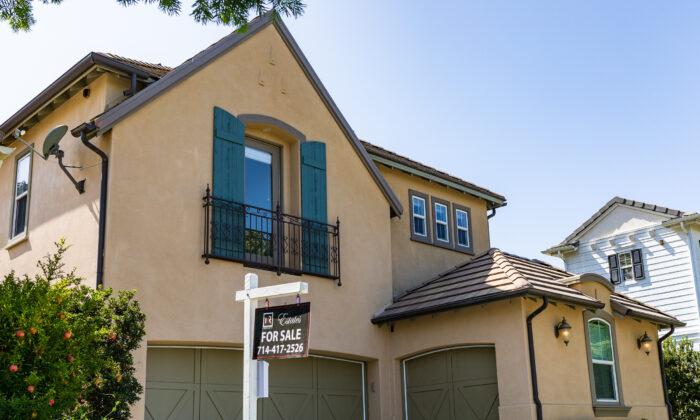
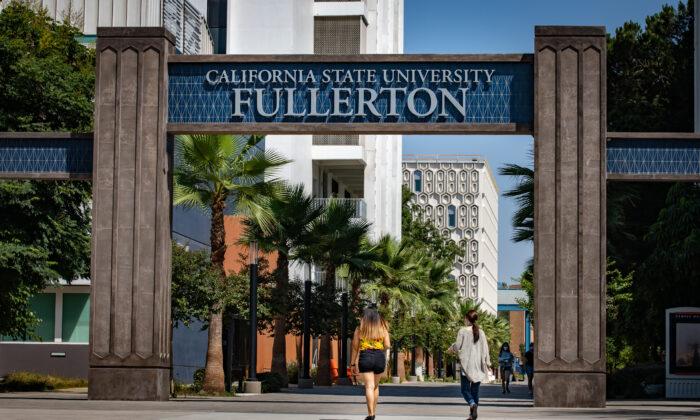
Friends Read Free